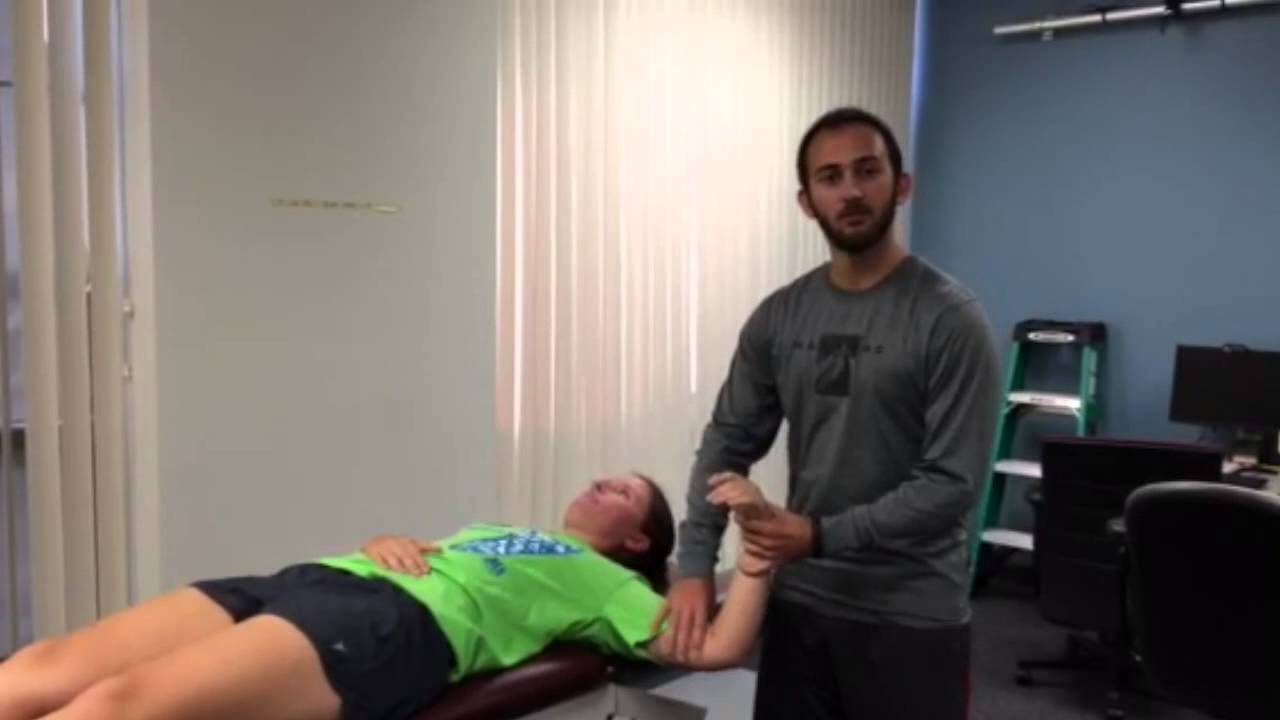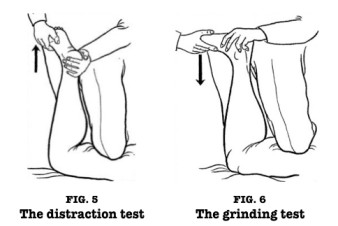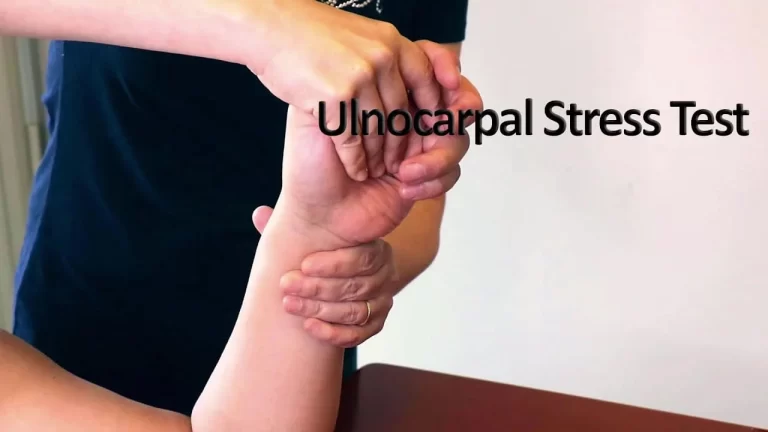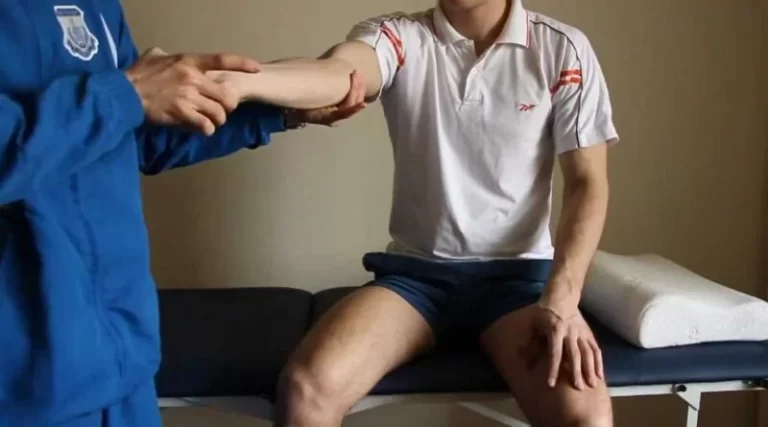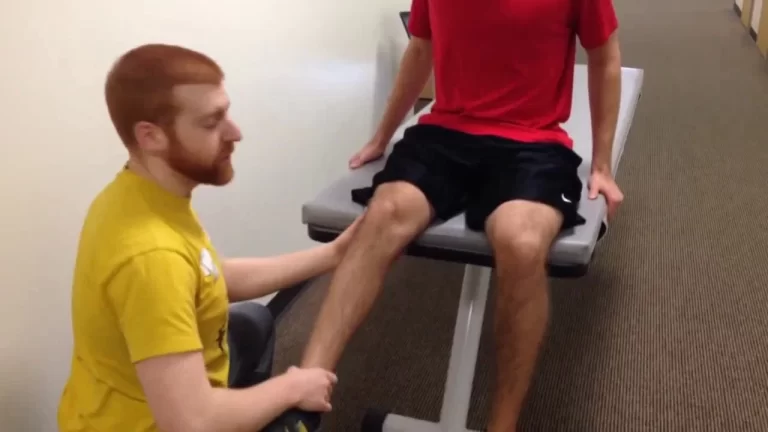Posterior internal impingement test :
- This test is used by to therapist or doctor for check to impingement of shoulder .
- It is check during to examination part of to assessment .
- Internal impingement is to common cause of to shoulder pain into overhead athletes.
- This Internal impingement is mostly occurs who have hold to their arm into vulnerable position .
- This Internal impingement is commonly described by of to condition which is characterized by excessive or repetitive contact between of to posterior aspect of greater tuberosity of to humeral head & posterior-superior aspect of to glenoid border .
- When to arm is placed into extreme ranges of to abduction & external rotation means lateral rotation .
- It is ultimately leads to impingement of to rotator cuff tendons means supraspinatus or infraspinatus & to glenoid labrum.
Purpose of to test :
- It is used to for to check the posterior internal impingement of shoulder.
- It is also used to check the rotator cuff impingement of shoulder .
How do you perform of this test ?
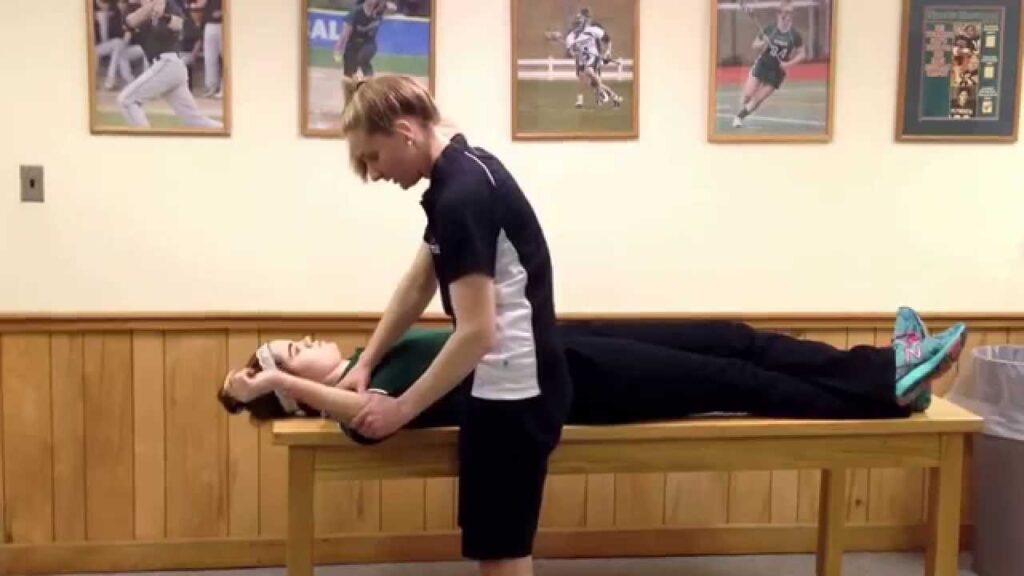
- Starting position is supine .
- In the supine position examiner is do to passively abducted to shoulder up to 90 ‘ to 110 ‘ with extension of shoulder is 15 ‘to 20’ & do to maximum lateral rotation means external rotation .
- This impingement is mostly occurs when to arm is abducted or extended beyond to coronal plane & laterally rotated .
Result of this test ?
- This test is considered to positive when to patient is elicits localized pain into posterior shoulder .
- This result is of a kissing labral lesions posteriory .
- The resulting impingement is between to rotator cuff & grater tubersoity onto one hand & posterior glenoid & labrum on to other .
- This is often accompanies with to anterior instability or pseudo laxity , so that deltoid activity is increase to compensate with to weakened of rotator cuff muscle .
- Patient complain of pain posteriorly in late cocking & early acceleration phase of throwing .

